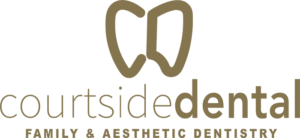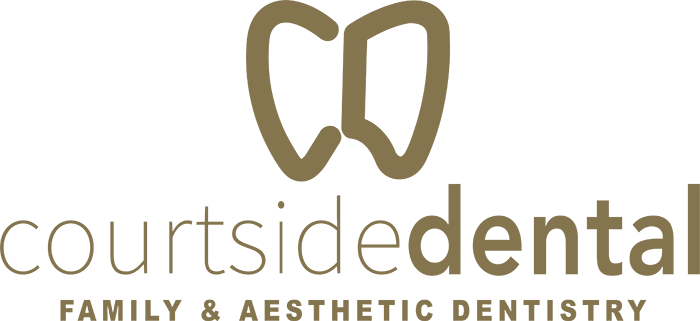
I Have Gum Disease: What Now?

You sit down in the dental chair for your six month checkup appointment only to be told not long after by our Portage dentist that you are showing . How could this happen when you’ve been brushing your teeth?
Well, gum disease, also known as , is more common than you think. According to the Centers for Disease Control and Prevention (CDC), almost half of adults aged 30 and older in the U.S. have some form of periodontal disease. Though cases vary in how severe they are, that is still a significant number that could have been prevented.
Regardless of how it originated, here is what you need to know about periodontal therapy and if your condition is reversible.
Severity Matters: Gingivitis vs. Periodontitis
There are varying degrees of gum disease, ranging from mild gingivitis to long-term and much more serious periodontitis. Unlike later stages of periodontitis, gingivitis is reversible if treated promptly by Dr. Paul and disciplined at-home oral care is practiced.
The onset of gingivitis can be subtle at times and involve no discomfort but some symptoms are easier to notice. For instance, red, swollen gums that bleed easily or sensitive teeth are indicators that your oral hygiene has been less than stellar. You’ll want to have your teeth and gums checked out by Dr. Paul as soon as possible before your condition worsens.
If left untreated, serious periodontal disease can result in:
- Loss of bone and tissue
- Tooth loss
- Teeth that move or are loose
What to Expect With Gum Disease Therapy
Whether you were shocked to discover you had gum disease or not, the main goals of treatment remain the same:
- Reduce swelling, the depth of pockets formed, and the risk of infection
- Encourage reattachment of healthy gums to teeth
- Stop disease progression
Dr. Paul will evaluate your condition before determining if either a regular teeth cleaning or scaling and root planing is necessary. We’ll also discuss whether additional products like specialized mouth rinses or toothpastes would positively benefit your oral routine.
Scaling and Root Planing
A procedure commonly used to treat chronic cases of gum disease is . This treatment consists of a two-part deep cleaning below the gumline and begins with the scaling portion.
To ensure you remain comfortable throughout the procedure, we may administer a local anesthetic before getting started. If at any point during the cleaning you feel pain, please don’t hesitate to let Dr. Paul, our assistants, or hygienists know.
Dr. Paul will first remove all plaque and tartar above as well as underneath the gumline. Affected gums tend to separate from the teeth and deep pockets form between the two, thus inviting more infection. That’s why it is so important to clean down to the bottom of the pocket during the scaling step.
Next, Dr. Paul will transition into root planing. This part of the procedure involves smoothing out the teeth roots so the gums are able to reattach to your teeth. Depending on how advanced the infection is, the process of scaling and root planing may take multiple visits to our Portage dental office.
Ways to Reverse Early Stage Gum Disease
Assuming your condition has not yet progressed beyond gingivitis, there are things you can do at home with regards to oral hygiene. For starters, be sure you are brushing your teeth at least twice a day and floss daily.
When doing either, remember to practice good technique and aim to reach the nooks and crannies in between teeth. We can help show you the most effective ways to brush and floss if you’re unsure. Aside from brushing and flossing, we also recommend you use an antibacterial mouthwash to rinse your mouth at least once a day.
Taking time out of your day to properly clean your mouth is important. A solid routine every day will benefit you and work to fight bad breath and plaque buildup.
Call Our Office Today
If you have recently been diagnosed with some form of gum disease, our family dentist in Portage, MI, can recommend treatment to help improve your condition. Call Courtside Dental today at (269) 327-1011 to request an appointment.
This blog post has been updated.

